How Generative AI Will Enable Personalized Learning Experiences
Campus Technology
APRIL 25, 2023
With today's advancements in generative AI, the dream of ultra-personalized learning may not be far off from reality.
This site uses cookies to improve your experience. To help us insure we adhere to various privacy regulations, please select your country/region of residence. If you do not select a country, we will assume you are from the United States. Select your Cookie Settings or view our Privacy Policy and Terms of Use.
Cookies and similar technologies are used on this website for proper function of the website, for tracking performance analytics and for marketing purposes. We and some of our third-party providers may use cookie data for various purposes. Please review the cookie settings below and choose your preference.
Used for the proper function of the website
Used for monitoring website traffic and interactions
Cookies and similar technologies are used on this website for proper function of the website, for tracking performance analytics and for marketing purposes. We and some of our third-party providers may use cookie data for various purposes. Please review the cookie settings below and choose your preference.

Campus Technology
APRIL 25, 2023
With today's advancements in generative AI, the dream of ultra-personalized learning may not be far off from reality.

The Academic Designer
JANUARY 31, 2024
Elizabeth McAplin, Director of Educational Research Technology at NYU, discusses educational technology, artificial intelligence, and personal academic websites on The Social Academic podcast. She emphasizes faculty collaboration and the use of technology to improve student learning experiences.
This site is protected by reCAPTCHA and the Google Privacy Policy and Terms of Service apply.

University Business
JANUARY 2, 2025
These goals include: Understanding student demand and preferences: Online courses should meet students needs for flexibility by offering an accessible and adaptable learning experience. One powerful example of technology that enhances online engagement is social annotation.

The PIE News
JANUARY 17, 2025
Technology and automation are reshaping the job market; skills creation is battling to keep up and universities are exploring ways to equip their students for the workplace. Technological advances AI is the latest innovation, and it provokes as much mistrust as it does excitement.

Faculty Focus
JANUARY 12, 2025
In an era of advanced technologies and artificial intelligence, the use of these tools in education raises concerns about its impact on student learning, particularly when it comes to assessments. Thus, it is essential that you identify the objectives for the learning experience. Elizabeth Falzone, Ph.D.,

WCET Frontiers
SEPTEMBER 14, 2023
Nicole Johnson’s new WCET-sponsored paper addresses the basic question: “ What to do when a modality of a learning experience is unclear ?” Nicole Johnson is the Executive Director of the Canadian Digital Learning Research Association (CDLRA). What technologies and software will be used?

eLiterate
APRIL 2, 2025
I’d be happy to explore the organization with you, what you’ve learned in your first seven months, and perhaps offer some perspectives that might complement your experience. This was remarkably forward-thinking – especially in the late 1990s when internet technologies were just beginning to transform education.
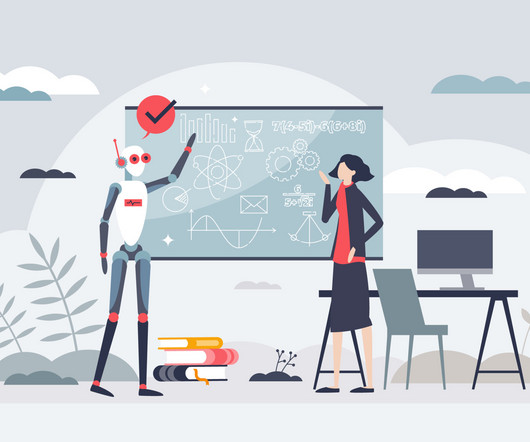
Faculty Focus
APRIL 22, 2025
Instead of fearing AI, we should actively explore its potential in the classroom, emphasizing how it can enrich the learning experience. This allows educators to gain insights from students interactions with these technologies, fostering a deeper understanding of their applications and promoting ethical use.
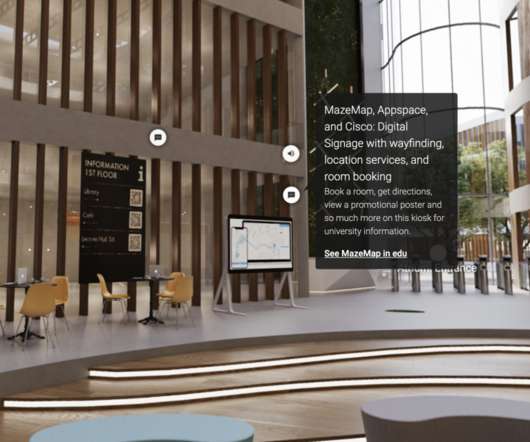
Cisco blogs - Education
NOVEMBER 3, 2022
Last week at EDUCAUSE , thousands of education technology leaders gathered in the Denver Colorado Convention Center to discuss, debate, and dream about the future of higher education. How will classrooms be designed for hybrid learning? Right-size Lecture Halls: Hybrid Learning. Campus of the Future: Sustainability.

Campus Technology
JUNE 8, 2023
At some point in our academic careers, most of us have found ourselves stuck in the back of an overcrowded lecture hall. Too far from the presenter to see or hear much of anything, it wasn't long before we lost interest, started on other work, or took a nap.

Faculty Focus
DECEMBER 3, 2024
In the evolving landscape of online education, post pandemic, it has become increasingly essential to use technology to foster student engagement. Among the many digital tools available, e-portfolios have emerged as a powerful means for enhancing student involvement, motivation, and learning outcomes.
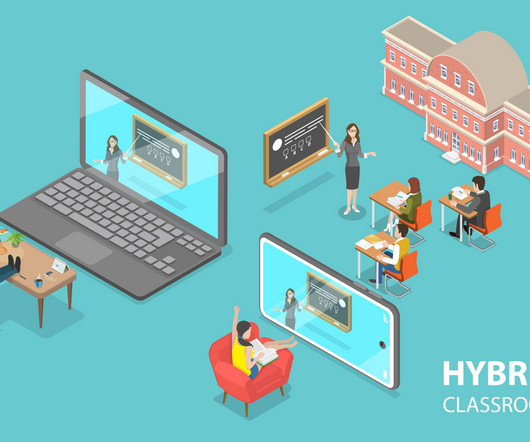
Faculty Focus
MARCH 4, 2025
This setting typically requires the use of technology, structured activities, and clear organization to manage the diverse needs of a larger audience. The diverse needs of in-person and virtual students must be balanced to ensure equitable learning experiences.
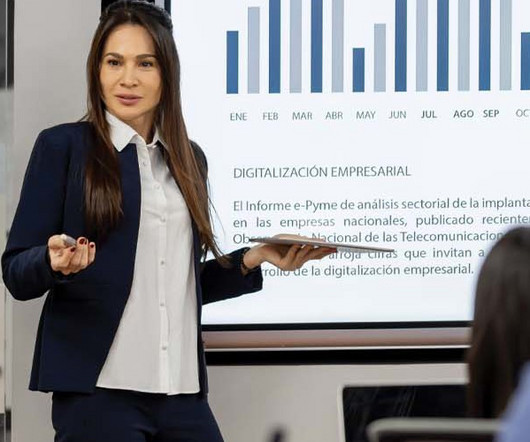
EdTech Magazine - Higher Education
APRIL 18, 2024
While most faculty agree that ed tech enhances the teaching and learning experience, many question whether higher education administrators are choosing the right products.

Inside Higher Ed
MARCH 30, 2023
Q: Can you help us understand what a VP of learning experience does? A: I lead a small team of learning designers and product strategists focused on online learning innovation. How did your graduate training prepare you (or not) for the role?

The PIE News
FEBRUARY 5, 2025
Nearly twice as many respondents expressed an interest in specialist MBAs rather than the traditional generalist MBA, driven by the growing importance of technology, data analytics and other industry-specific skills.

Creatrix Campus
DECEMBER 3, 2023
How technology-enhanced outcome based education programs can improve student success admin Mon, 12/04/2023 - 02:05 Outcome Based Education (OBE) has emerged as a guiding philosophy, emphasizing measurable student outcomes. Simultaneously, the integration of technology has become a cornerstone in shaping modern educational experiences.
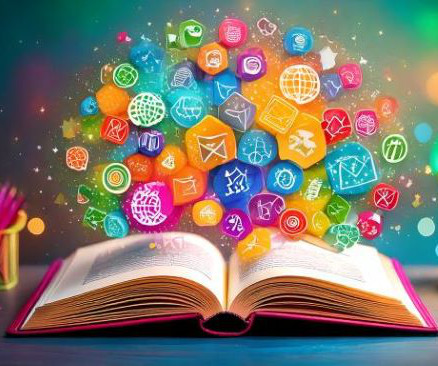
Faculty Focus
DECEMBER 5, 2024
By incorporating various content formats such as videos, readings, and interactive activities, educators can cater to different learning styles. Assistive Technologies: Integrating assistive technologies, such as screen readers and speech-to-text tools, can enhance accessibility for students with disabilities.

The PIE News
JANUARY 28, 2025
We are proud and excited to be a part of the GIFT City story Lu Max, University of Surrey “Students can look forward to a world-class education delivered at the heart of a thriving new international finance and technology powerhouse for the region.

Diverse: Issues in Higher Education
DECEMBER 4, 2024
Combined with the Apple App Store, which first debuted in 2008 with 500 phone applications, in less than 20 years, technology has revolutionized how the average consumer communicates, entertains themselves, and obtains information.

University Business
NOVEMBER 22, 2024
Accessibility enhances usability and the learning experience Today’s learners expect quick, seamless access to information, and a well-designed, accessible website can be a powerful first step in building a connection with prospective students.

HEPI
JANUARY 24, 2025
I echo the sentiments of computer scientist Professor Argamon, who views AI as a technology that can make education more human-centred rather than replacing teachers. By engaging with industry-specific AI tools, students gain valuable exposure and hands-on learning experiences that better prepare them for employment.

WCET Frontiers
DECEMBER 5, 2024
But today, advancements in technology are rewriting the educational narrative for rural students. By harnessing tech-enhanced learning tools, colleges in rural areas are expanding the reach of their programs, creating flexibility, and fostering student success in innovative ways.

The PIE News
MARCH 4, 2025
This reliance can limit the diversity and overall learning experience for students. In his previous role as commercial director at BCdiploma, he collaborated with institutions and stakeholders worldwide, focusing on digital credentials, continuing education, and student mobility using innovative technologies.

Wonkhe
MARCH 19, 2023
We can obsess about tools and technologies, but for Simon Thomson the critical questions are about how we design learning experiences to make best use of the opportunities we have The post Digital learning is just learning appeared first on Wonkhe.

Campus Technology
FEBRUARY 15, 2023
These best practices from the Learning Design and Technology program at the University of San Diego will help practitioners create the best possible learning experience for students and develop a rewarding career in instructional design.

Faculty Focus
MARCH 16, 2025
Would you emphasize a supportive learning environment, cognitive and affective learning, pedagogical design, essential content, creating assessments, providing feedback, integrating technology, or something different?

University Business
OCTOBER 28, 2024
One key area impacting learning is the rise of new technologies. Technologies such as extended reality (AR, VR, and mixed reality), machine learning, and the Internet of Things are changing industries, and universities that align with these trends can offer students a competitive edge.

Faculty Focus
APRIL 15, 2025
Hence, instructors should differentiate themselves by offering innovative and interactive online courses that engage, connect, and transform students, enabling them to learn efficiently and effectively from anywhere, converting learning into an enjoyable experience.
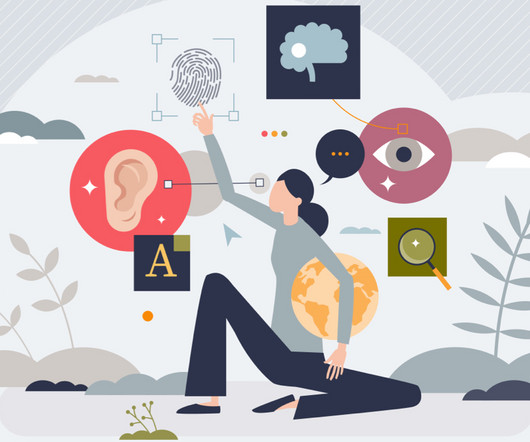
Educause
SEPTEMBER 10, 2024
AI technology tools hold remarkable promise for providing more accessible, equitable, and inclusive learning experiences for students with disabilities.

Faculty Focus
MAY 21, 2024
Others argue that AI, in various forms, has been used to elevate students’ performance in the classroom, and in some cases, overcome barriers to learning (Shippee 2020, 20). AI can also be used as a classroom tool to reframe the learning experiences and as a “partner” in learning (Benson 2023, 30).
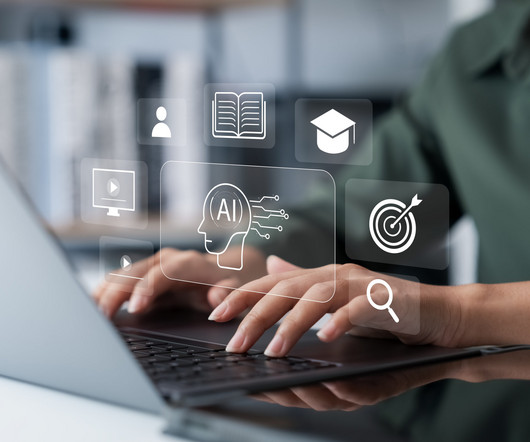
Faculty Focus
MARCH 18, 2025
While the technology isn’t perfect and will never replace insights gained from direct student interaction, it provides a valuable perspective that helps identify blind spots before students encounter them.
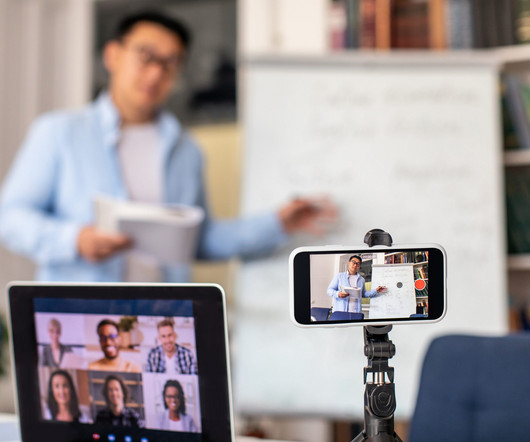
Faculty Focus
MARCH 20, 2025
Survey Says Seminars are not new to the online environment, although for anyone who has taught in this environment there have been many iterations over the years as technology and curriculum have dramatically changed. It was a spontaneous, yet memorable experience for everyone in the class.

Faculty Focus
SEPTEMBER 17, 2023
Today’s higher education students are increasingly digitally savvy, accustomed to technology being woven into every facet of their lives. It’s no wonder they expect the same from their learning experiences. But how can we ensure these learning experiences remain engaging, personalized, and effective?

Faculty Focus
OCTOBER 1, 2023
Amid the technological advancements shaping education, the emergence of Artificial Intelligence (AI) and conversational agents like ChatGPT have further expanded the possibilities for learning and communication (Alam, 2023). Include necessary background information to help the technology understand the context better.

University Business
MARCH 4, 2025
Rather, it’s a call for conscious integration of these technologies in ways that enhance rather than replace human capabilities. Faculty, staff and students participate actively in this evaluation process, providing crucial feedback about their learning experiences and helping shape our approach to AI integration.

The PIE News
JULY 4, 2023
The UK’s Russell Group universities have committed to supporting students and staff to become AI-literate while incorporating the technology into teaching and assessments. They say doing so could “enhance the student learning experience” and prepare students for “real-world” applications of these technologies post-university.
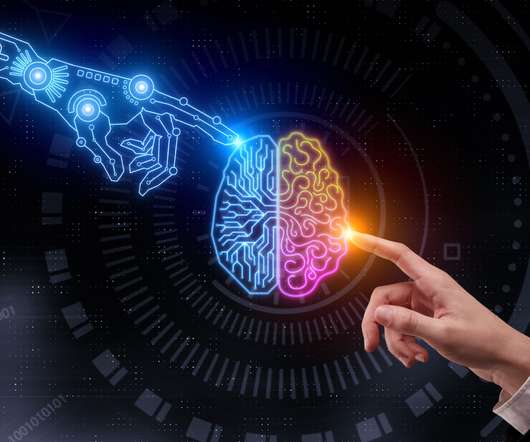
University Business
JANUARY 20, 2023
However, AI technology shouldn’t be something we fear, but rather a tool that teachers and education leaders can lean in on for the benefit of our students. From K-12 to higher education, AI is set to change the way teachers and students learn, interact, and engage with each other. Now let’s have some fun, shall we?

The PIE News
MARCH 21, 2025
And thanks to massive advancements in technology, innovative colleges and universities can better connect with learners to bring them the individualised, optimised experiences they deserve. To truly transform education, we must focus on what people need to learn and give equal merit to how they experience learning.

The PIE News
MARCH 31, 2025
Elsewhere, a powerful message on DEI in learning experiences was delivered by educator Zarina Subhan, who warned against the risk of reducing DEI efforts to a tick-box exercise” and urging educators to engage in meaningful integration of inclusive practices.

Faculty Focus
APRIL 1, 2025
Improve teaching and learning quality : Observations encourage continuous improvement in instructional effectiveness, ultimately benefiting student learning experiences. She has published several papers in international journals on topics such as teacher beliefs, curriculum design, and technology integration in the classroom.

University Business
OCTOBER 28, 2022
Colleges didn’t choose but were forced to overcome barriers to instruction through innovative educational technology solutions with little to no turnaround as students returned home for remote learning. “Online learning has started to gain much pace in the higher education sector,” the report reads.

Faculty Focus
MARCH 26, 2024
As educators, let’s (re)imagine ways that AI can support rich learning experiences where we consider ways to prepare students as we look forward to the future. Using AI to create tailored learning In a not-too-distant-past, math teachers complained that calculators would make students worse at basic arithmetic.

The PIE News
FEBRUARY 24, 2025
Conestoga College Institute of Technology and Advanced Learning gave Brazilian student Victor Barbosa Nogueira the opportunity to study at the top college in Ontario and immerse himself in Canadian culture, as well as learn about countries all around the world from his fellow international classmates.

EdTech Magazine - Higher Education
NOVEMBER 17, 2023
Biometrics are often associated with identity verification, but this rapidly advancing technology has now found its way into the higher ed classroom. There, it has the potential to bring about a more comprehensive learning experience and help institutions tackle test-taking challenges.
Expert insights. Personalized for you.
We have resent the email to
Are you sure you want to cancel your subscriptions?


Let's personalize your content